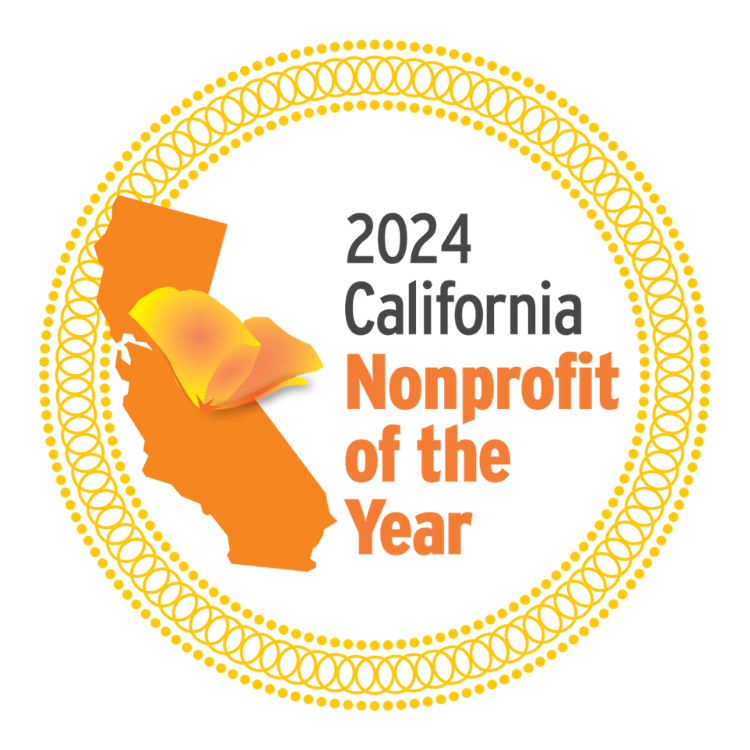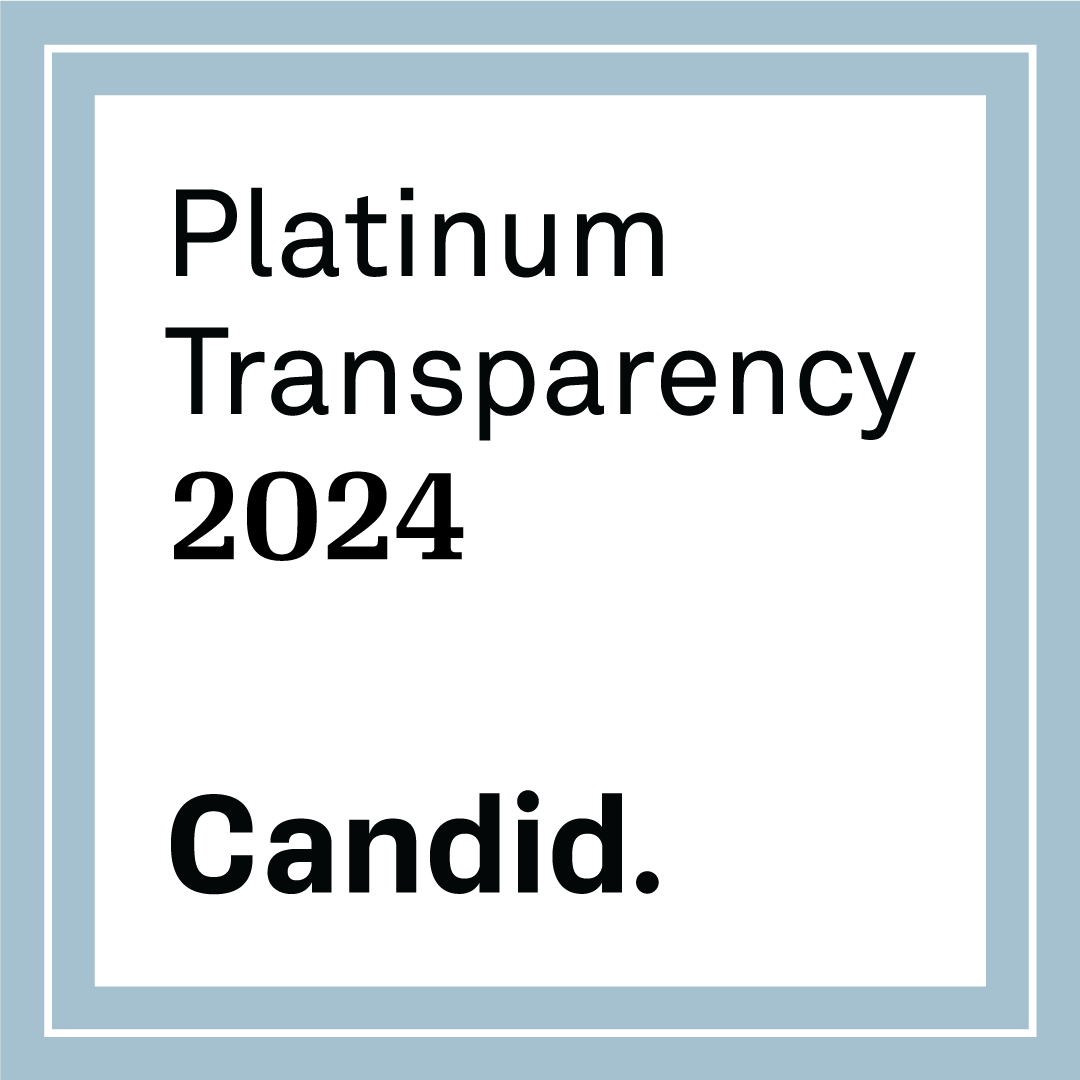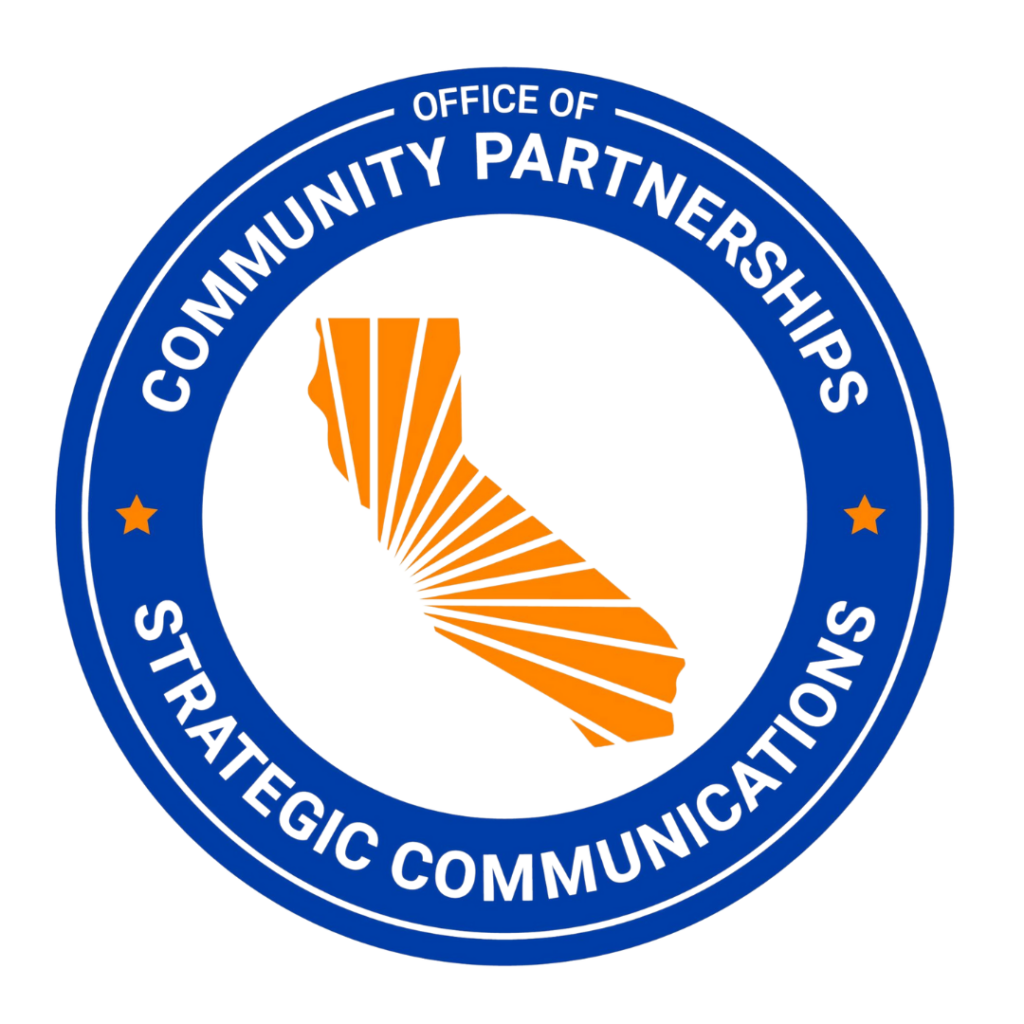With August and National Water Quality month in the rearview, it’s a good time to look back at Orange County Coastkeeper’s history and how it impacts the water conservation work we do today.
First, let’s remember that our goal is to help Southern Californians access fishable, swimmable and drinkable water.
A Look Back in Time
Let’s flash back to 1972. Southern Californians were wearing bell-bottoms and riding longboards along our coasts. And much like today, they loved the water. Unfortunately that water, in terms of cleanliness, was not good. All around the country, decades of pollution and a lack of regulation created major water quality issues. Around this time, two thirds of the nation’s lakes, rivers, and coastal waters were deemed unsafe for fishing or swimming. There were even infamous instances like Ohio’s Cuyahoga River catching on fire in 1969 and also that year, an oil spill in San Bernardino.
Because of this, Congress established the Clean Water Act in 1972 to protect water quality by a bipartisan super majority after it was vetoed by Nixon. The Clean Water Act’s objective was – and still is – to restore and maintain the chemical, physical, and biological integrity of the nation’s waters. The Clean Water Act provides a basic structure for regulating 1) discharges of pollutants into the waters of the United States, mainly, via permits, and 2) water quality standards for surface waters.
Protecting the State of Your Water
By the time Coastkeeper came along in the 1990s, we recognized water quality standards and Clean Water Act permit terms were crucial, yet lacked enforcement. In response, we created Coastkeeper’s water quality enforcement program, where we work to ensure the standards set by the Clean Water Act are upheld in our watershed.
To accomplish this, our teams go out into the field to identify local water quality violations and then we use one of the most effective and efficient tools we have as water warriors – litigation.
That may sound fancy, but the goal is simply to make things better for the environment and for the average person – for all of us to enjoy clean water. Sadly, too many people mistreat our region’s bodies of water and fail to meet their obligations under the Clean Water Act, which is when we activate our enforcement program.
Think of it this way. The enforcement program has YOU in mind. Through enforcement, we can directly defend water quality standards. Procedures range from investigating community pollution reports to collecting water samples for laboratory testing to, if and when necessary, submitting a 60-day notice of violation letter initiating a Clean Water Act citizen enforcement suit.
There are various enforcement mechanisms by which a citizen suit functions:
- staff members of our legal team researching and filing a complaint
- staff members conducting site inspections and analyzing discovery materials
- staff members working with defendants to reach a resolution
- staff members following up with defendants post-resolution to ensure they are addressing their pollution problems and on track to come into compliance with the Clean Water Act
At the same time, our team also writes comment letters in connection with proposed governmental agency actions, participates in stakeholder engagement meetings on all things water quality, drafts and reviews responses to Public Record Act request letters to various California municipalities and counties, Regional Water Boards, the California State Water Board, and CalEPA, and more.
We do all of this to ensure that the state’s natural water resources – YOUR natural water resources – are clean and safe for the public and for wildlife.
Ultimately, our enforcement goals revolve around our mission: to protect our region’s water resources so they are swimmable, drinkable and fishable for all now and into the future.
Finders, Keepers
Litigation may be a scary term to some and we would certainly prefer to have perfectly clean waters with no violations to enforce. But the ultimate goal is increased water quality and we are here to protect.
Today, Orange County Coastkeeper is one of more than 300 Waterkeeper Alliance programs throughout the world. Every region is different, and each program ensures the needs of their water resources are met and protected efficiently.
Enforcement agencies consider citizen suits the primary responsible party for enforcement, and a large number of our waterways are still legally impaired.
We are especially proud of the work we do here and invite you to join us. Come be a part of Coastal Cleanup Day as a way to get involved to protect water quality in the region. You can also continue to learn through our State of Your Water updates and consider contributing a donation.
Our water depends on it.
Click here to learn how you can get involved in protecting the State of Your Water.
The State of Your Water is in our hands. Support us today so that we may continue to advocate for
water conservation and keep our coastal and inland waters clean.

